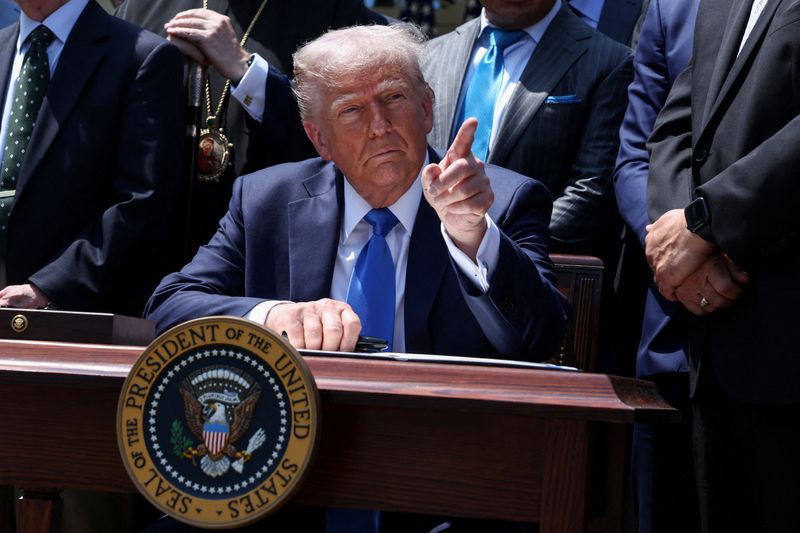A Bold Return: Trump’s Second Act Begins
Former President Donald Trump’s return to the White House has already sparked intense debate, policy shifts, and market reactions. In just the first 100 days of Trump 2.0, the economic landscape of the United States is beginning to feel the tremors of aggressive reforms and strong rhetoric. Unlike his first term, Trump’s second presidency arrives during a time of global economic volatility, persistent inflation, and fragile investor confidence.
From tax policy to trade agreements, Trump has wasted no time outlining a clear economic vision—one centered on growth, deregulation, and American-first policies.
Tax Reform and Deregulation: Business Back in Focus
One of Trump’s earliest moves has been to revisit his hallmark tax cuts. He has proposed a revamped corporate tax strategy, aiming to reduce taxes for U.S.-based companies and incentivize job creation domestically. This policy is designed to boost investment, though critics warn of its potential impact on the national deficit.
Additionally, Trump has ordered a rollback of several Biden-era environmental and labor regulations, signaling a return to pro-business policies. These efforts are aimed at increasing productivity and reducing operational burdens for industries ranging from energy to manufacturing.
Investors have responded with cautious optimism. The stock market experienced a modest rally, particularly in sectors like oil, defense, and financials that typically benefit from conservative policies.
Trade and Tariffs: America First, Again
In keeping with his earlier approach, Trump has reignited trade negotiations with major global partners. China, in particular, is back under scrutiny. Tariff threats and renegotiations are once again part of the administration’s strategy to protect American manufacturing and reduce reliance on foreign supply chains.
This renewed focus on tariffs has rattled some global markets but has been welcomed by U.S.-based producers who see a potential return to competitive advantage.
Moreover, Trump’s trade team has hinted at renegotiating portions of the USMCA and revisiting other multilateral trade deals with a tougher stance, aiming to secure favorable terms for American exports.
The Fed, Inflation, and Market Uncertainty
While the Trump administration pushes for economic expansion, the Federal Reserve continues its battle with inflation. This has created a delicate balancing act: pro-growth policies from the White House versus cautious monetary tightening from the Fed.
So far, Trump has been openly critical of the Fed’s interest rate stance, calling for rate cuts to fuel borrowing and spending. Whether or not the Fed adjusts its strategy remains to be seen, but this tension could influence both bond markets and equity valuations in the months ahead.
Conclusion: A Defining Economic Journey Ahead
In just 100 days, Trump 2.0 has reignited the spirit of economic nationalism, challenged global trade norms, and reassured corporate America. However, the road ahead is complex. Markets are watching closely, as are global partners and domestic critics.









